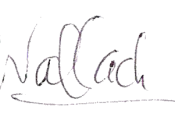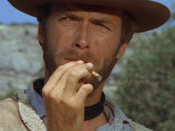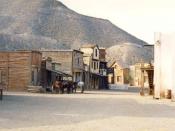The Good, The Bad, and the Ugly
"The Good, The Bad, and the Ugly" is the most famous of all of Sergio Leone's work, and probably one of the most famous westerns of all times. Not only it became part of our culture, but it has also created a sub-genre of Westerns, tenderly called "Spaghetti Westerns" - mostly because of the Italian origins of the filmmaker and the fact that his movies were shot in Europe instead of Hollywood. Despite the characteristic western tradition found in the movie, the movie is free of any western cliché as any traditional western theme is either given a unique twist or absolutely removed by Leone's masterful storytelling.
The plot of the movie, is a classic western plot, it concerns three people searching for two hundred thousand dollars worth of gold, nothing more than the essential quest for money.
Two of the characters are typical western individuals, a hero and a nemesis, while the third character is far more complex and quite revolutionary for the Western genre.
Clint Eastwood is playing "The Good", a good fellow (of course only relatively good), called "Blondie", although his real name remains undisclosed and he officially goes under the surname "Man With No Name". Clint Eastwood's character is a characteristic western character, not really "good" in a traditional sense, but he has an evident sense of honor and tries to do the fair thing. The scene when Blondie gives a dying Confederate soldier a puff of his cigar is a very powerful moment which characterizes the Man With No Name better than any other sequence without saying a single word. This role built the foundation of Clint Eastwood's stardom and his typical western personage. He became a Western icon through this movie and the public...



Very well articulated
This essay is well structured and articulated. I agree that the film is a masterpiece and whilst it may contain defunct archetypes, it provides the enticing suspenseful narrative.
Well done
4 out of 5 people found this comment useful.